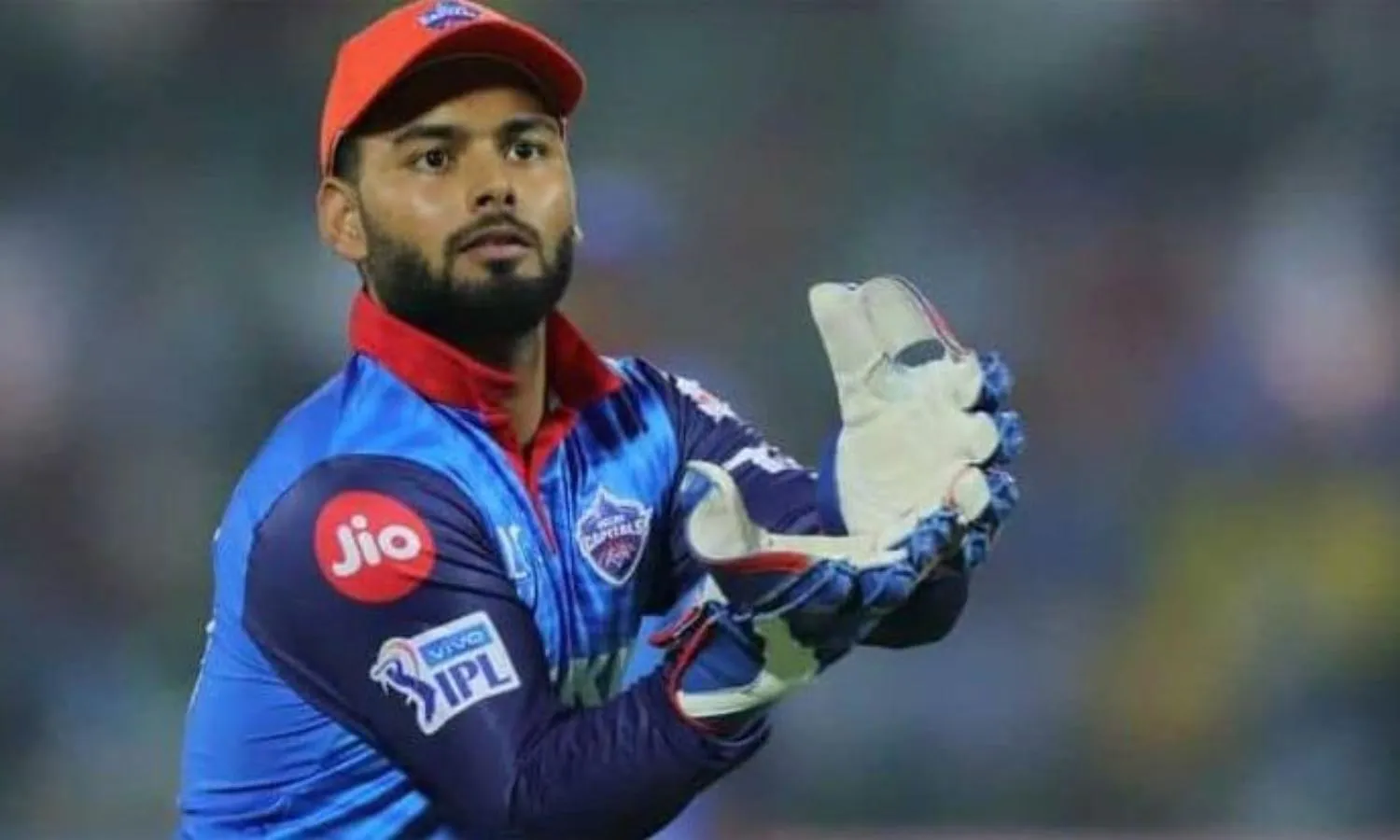Why We Need Pant-Madness in our World Cup XI - And How to Make the Most of It
Pant averages nearly 50 in Tests with a strike rate of 74

Some players just love unleashing mayhem on the opposition. They thrive on such occasions. It’s like an essential nutrient for them to survive. A perfect example would be Rishabh Pant. Can you imagine his batting without the aggression that is an integral part of him taking charge over his opponents? Surely not. It will be like Bruce Wayne going to save the Gotham city without his iconic Bat-Suit.
There were talks about Pant’s ultra-aggressive self being the root cause of his cheap dismissals in the recent limited-overs games of which he has been a part. Suggestions were pouring in from the cricketing fraternity about his approach to batting, especially in ODIs.
Well, it’s true Pant has failed to impress in the four ODI innings he has played in his short career, averaging just 23.25, but asking him to change how he plays is surely not justified, as the very same batting approach shot him into the reckoning last IPL season and paved the way for his international debut.
Nobody questions Pant’s Test batting credentials where he averages 49.71 runs per dismissal, with two centuries and two half-centuries to his name in 9 Test matches. His Test strike rate stands at a whopping 73.81 and everyone seems happy with those numbers, and more importantly with his approach, which surely can’t be called traditional defensive Test match batting.
In two of his four ODI innings, Pant had to walk into bat in the last 10 overs. Not a time for defensive innings-building. You simply don’t have time to get used to the conditions. To have to attack without settling in - sometimes it comes out really well and you thrive, while at times it can land you in deep trouble. Pant made 17 off 13 balls and 36 off 24 in those two death over scenarios.
However, in the other two situations he certainly had time to get settled and then launch his attack on the opposition bowlers. Pant seemed inexperienced on those occasions, and his youthful exuberance can be channelled only by a rigorous, supportive team management. An apt example would be Aaron Finch, who until recently was struggling to get to his first hundred in nine months, went on to score two centuries in three days, because of the continuous backing he got for his place in the team.
So, what triggered this Pant debate again? His innings of 78 from just 27 balls against the Mumbai Indians, in what was the season opener for both franchises, has reignited it. His attacking innings that night featured seven hits through the fence and an equal number over the ropes.
The highlight of that innings was the sheer ease with which he took apart the MI bowling attack, which boasts of the best death over specialist in the world, Jasprit Bumrah. It was Pant’s pyro-technical fearlessness that enabled his team to gather 99 runs from the last six overs, eventually paving the way for their win.
So, if there’s a case to be made for his inclusion, what would Pant’s ideal place be in India’s World Cup XI? This is best answered by taking a look at how the Delhi Daredevils made use of him. They needed someone to do the rebuilding after the early loss of Prithvi Shaw and Shreyas Iyer, and had the perfect duo for the job in Shikhar Dhawan and Colin Ingram, who not only helped their team recover from the early slump but also laid a solid platform for a ‘Pantastic’ assault.
India can also utilise Pant’s hitting prowess similarly. He can be used as a floater between the number 4 and 5 spots. If the Indian top 3 have a good day up front, he can provide the X-factor flourish from number 4, and if not, India can push the experienced MS Dhoni up to number 4 and let him provide support for Pant to work his magic.
With time and experience, the youngster will surely be able to replicate his Test match success in the shorter formats. As of now, Indian team management will do good to ensure Pant’s talent is put to maximum advantage for India on the English belters this summer.



